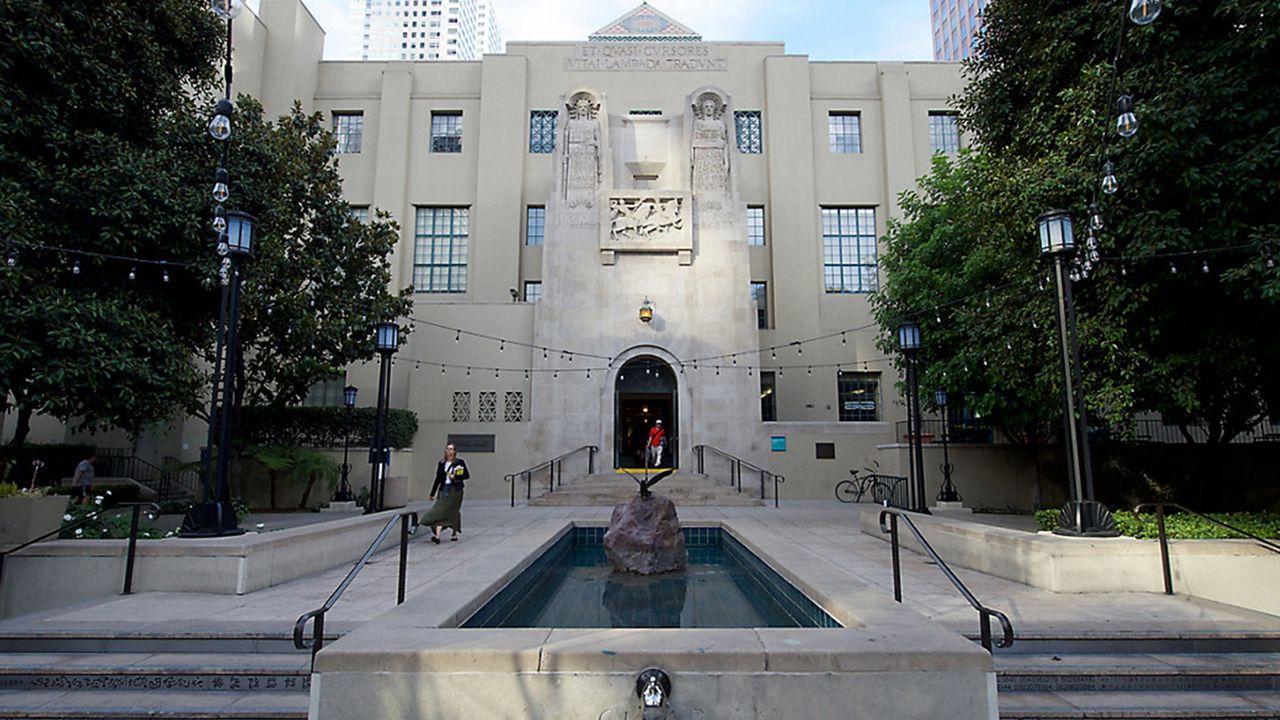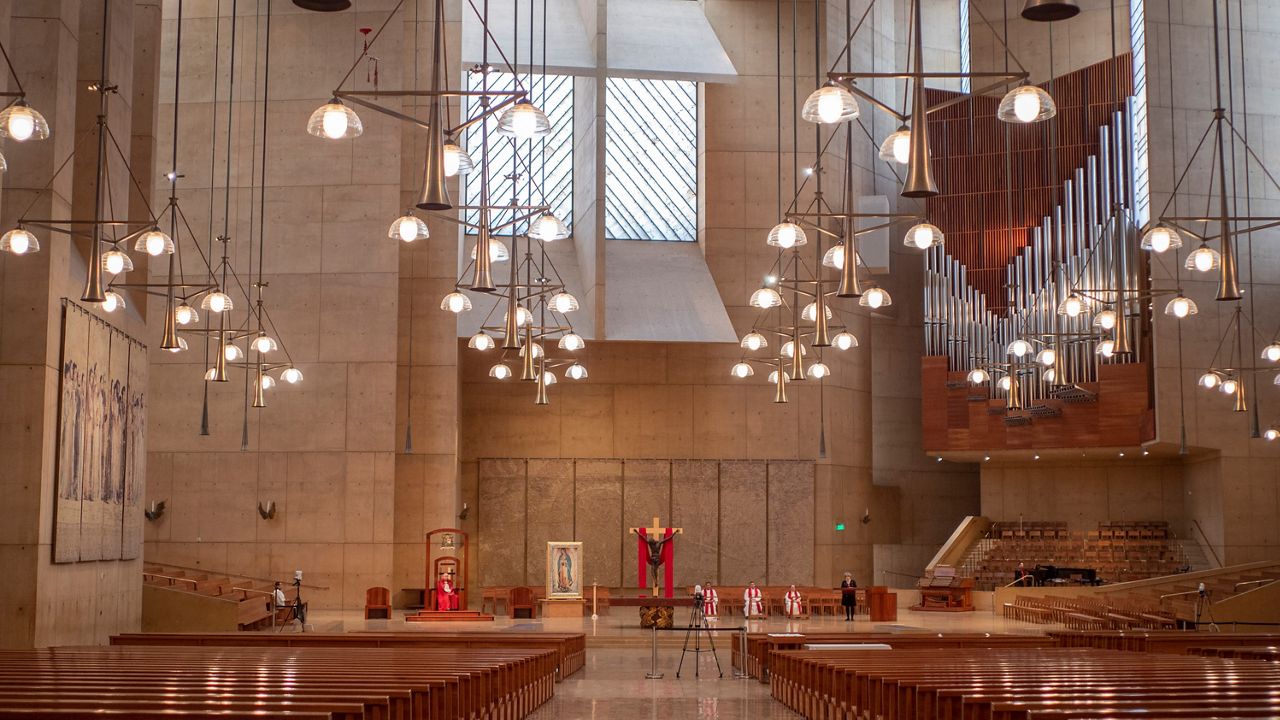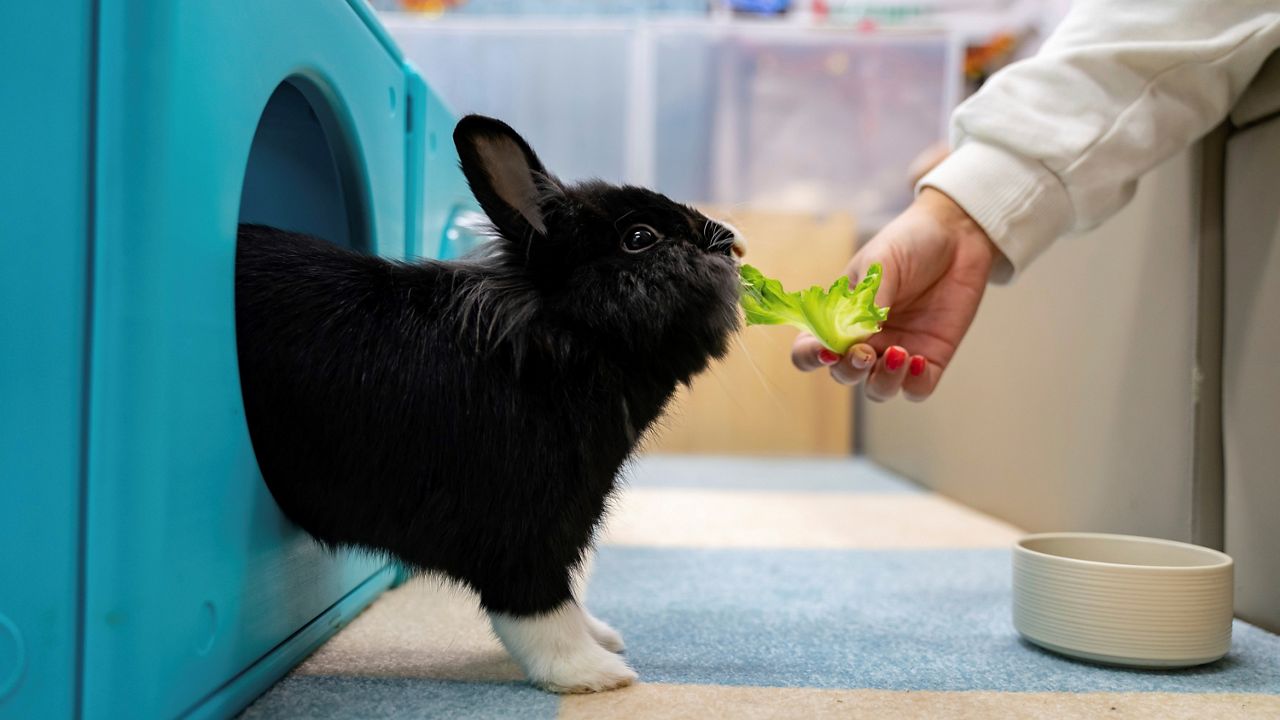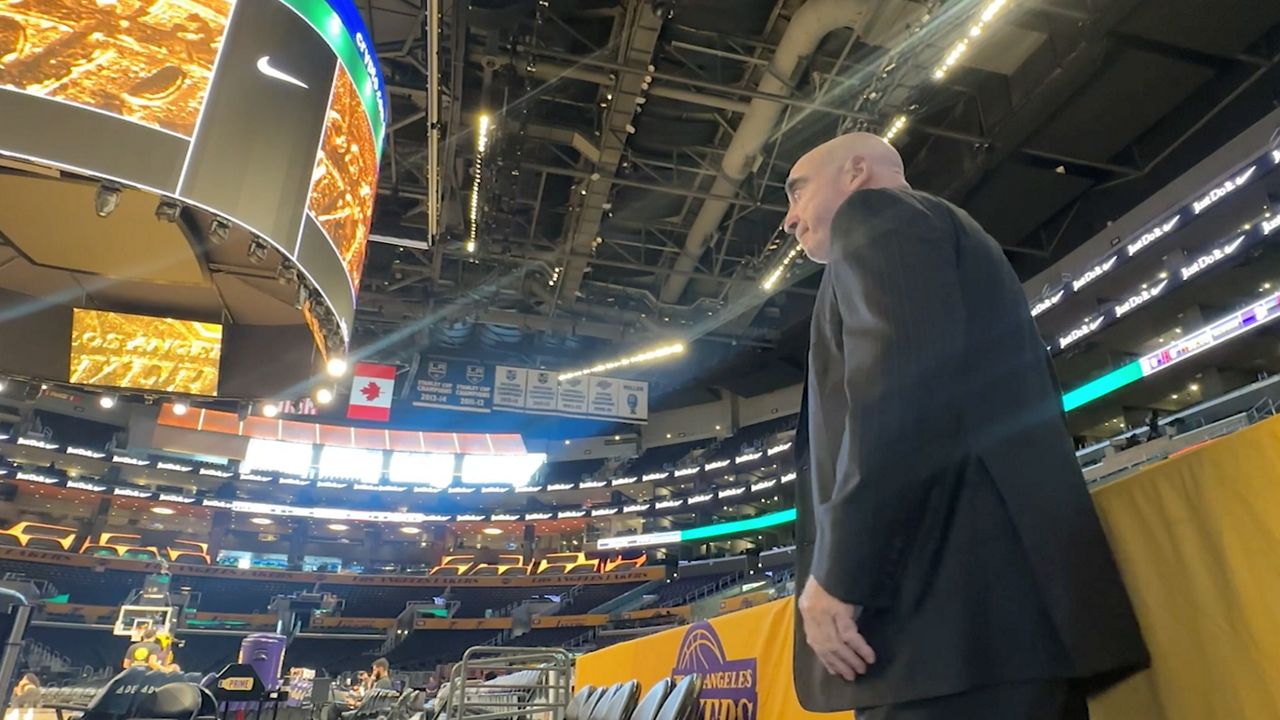In a pre-COVID world, the 73 branches of the Los Angeles Public Library system were a hive of activity, attracting almost 13 million visitors per year. Then COVID-19 came to town and shut down in-person operations. But starting Thursday, book lovers can rejoice with the launch of a new contact-free, curbside pickup system available in 18 branches. L.A. Mayor Eric Garcetti and City Librarian John Szabo are ushering in Library To Go at the Echo Park branch. Spectrum News 1 reached out to Szabo to talk about how the Los Angeles Public Library is weathering the pandemic and its plans for the future.
Tell us about Library To Go.
When we closed the library in mid-March, we had almost 30,000 items that were on hold, on our shelves, waiting for people to pick up. This is essentially contactless curbside pickup so people can get the materials they put on hold. We’ve also opened the library catalog to allow people to put things on hold. Regardless of where they are at the 73 libraries, they will be routed to one of the 18 Library To Go locations. We will take those books, put them in a paper bag, seal it, and place it on a table outside the library where people can pick it up and take it home.
How is the L.A. Public Library protecting its staff and the public from materials that are considered high touch?
With Library To Go, obviously the physical material is high touch. When it comes back, our staff are using gloves to touch all of the material, and we are also taking all material that comes back to us that’s checked back in through the book drops, we’re taking that and putting it aside for three days. That is following CDC guidelines and also very, very recent research that was done in May and early June through a federal project funded by the Institute of Museum and Library Services. They’ve done some scientific study of how long the virus lasts on various surfaces. And so the three days of putting materials aside is consistent with that research and shows there’s not a danger or concern about the virus on materials.
What is happening in the branches that are closed right now?
We have some limited staff in those locations, and they are emptying the book drop. They are pulling materials that are being requested. We really think about the L.A. Public Library as having one collection that resides at 73 different locations, and of course, in the virtual environment with all of our e-content. So they are pulling material, and we have our courier fleet moving between branches, taking that material and bringing it to those locations where people can pick them up through Library To Go.
What are people reading right now?
A lot of the books on the Black Lives Matter reading list, the anti-racist reading list, are very, very popular. The top five books on hold are Harry Potter and the Sorcerer's Stone by J.K. Rowling, White Fragility by Robin DiAngelo, Where the Crawdads Sing by Delia Owens, Becoming by Michelle Obama and Educated: A Memoir by Tara Westover.
How have people been using the library in the three months the physical branches have been closed?
One of the things we did at the beginning of the pandemic was make it extremely easy to get an e-card to take advantage of our online resources for people who had not had a library card previously. Tens of thousands took advantage of that, and we immediately saw a huge spike in use of our e-content. In April, we set a record for the most e-circulation. We had never before hit 1 million circulation of e-content in a single month, and we did in April. That’s a 100 percent increase of what we normally would circulate.
The library also has a very robust social media presence, and that has served us very well, getting the word out about what we’re doing. Our off-the-charts, amazing, creative, talented children’s librarians have been doing Instagram story times and ukulele children’s programs through YouTube. We’ve had live Ask A Librarian sessions to show people how to make use of our online resources.
And reference librarians are still answering questions?
Yes. Some have come in to access some of the material, but generally they have been working from home and are certainly available, fielding inquiries and doing things like tutorials.
Have you had to downsize staff?
We have not. Fortunately, Angelenos love their libraries, and in March 2011, they approved Measure L. We’ve been able to retain our staff, and feel incredibly fortunate to do so.
Will the city’s budget crisis affect the library system?
Not at the moment. We’re certainly mindful of the economic environment but don’t anticipate an effect on this current fiscal year. We're looking at budgeting for the 2021-22 fiscal year right now and how it might affect us. Our revenue is directly tied to the assessed value of property in the city of L.A., so that’s our main metric. Obviously, staff are critically important, dollars to purchase e-content, as well as physical content, and all the incredible programming that we provide.
When do you expect the library system to resume normal operations?
We’ve certainly had lots of conversations about what that might look like, but there is not a timeline or a date right now for when that would happen. Frankly, given the news and the numbers, that does not appear to be something that’s around the corner or is going to happen soon. We want to be very cautious. The health and safety of our public as well as our staff is critically important, but we don’t have plans right now to have the public coming back in to our libraries.
Do you have any sense of what procedures will be used once the physical library spaces reopen?
We’re having lots of conversations about what that looks like, how we may do things differently, how we can be even more robust in the digital environment in terms of exhibits and sharing information and doing public programming. We look forward to a time when we can make use of our physical locations and have people be able to come to those locations. If that was going to happen prior to a vaccine, that would mean strict social distancing, mask requirement, all of those things. But we also are looking at how we can look at some of our exterior spaces. That varies from library to library across the city, but we’re looking at how we might do children’s activities and public programming to take advantage of some outside spaces.
What about the digital space?
The pandemic has really highlighted some very serious issues in our nation, and one of them is something libraries are very familiar with and have been working on addressing for many years, and that’s digital equity. How do we ensure that people have access to information? How we do that post-pandemic or during the pandemic is difficult because our physical computers are not socially distanced, and they are very high touch as well. So how we’re able to do that, whether we’re able to do that, is a bit of a question right now. But all of our libraries are Wi-Fi hot spots, so we would at least be able to provide that connectivity if we were able to reopen again.
This interview was edited for brevity.










